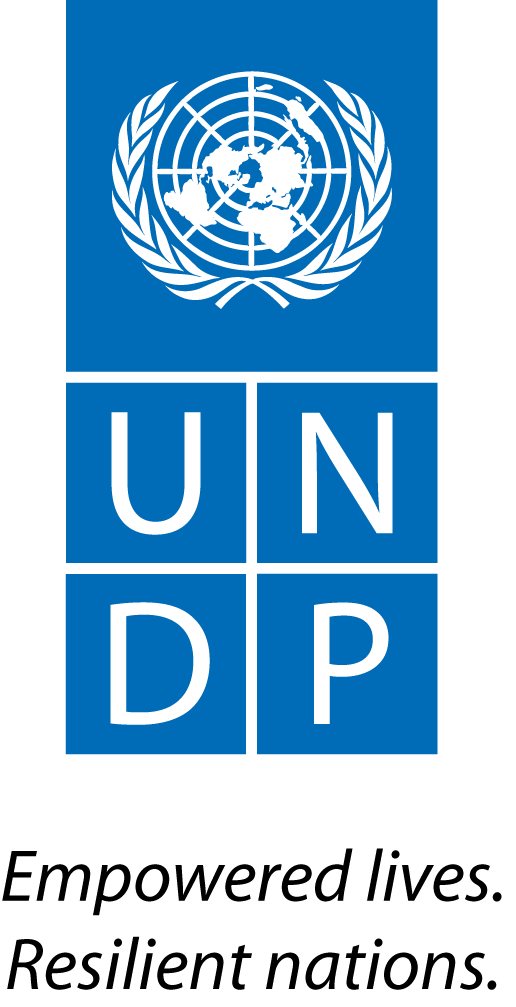http://www.reuters.com/article/2011/11/16/us-climate-talks-idUSTRE7AF0IT20111116
(Reuters) - Delegates from nearly 200 countries meet in South Africa from November 28 for major climate talks with the most likely outcome modest steps toward a broader deal to cut greenhouse gas pollution to fight climate change.
Years of fraught U.N.-led climate talks have so far failed to win agreement from all big polluting nations on stronger emissions curbs, despite soaring greenhouse gas emissions and a string of weather disasters across the globe.
The United Nations, the International Energy Agency and others say global pledges to curb carbon pollution won't prevent the planet heating up beyond two degrees Celsius, a threshold scientists say risks wilder weather, crop failures, melting ice caps and major floods.
Delegates meeting in Durban November 28 to December 9 won't reach agreement on a broader pact. But they do need to decide what to do with the Kyoto Protocol, which poorer nations insist must be extended beyond 2012 and which is the only treaty that sets carbon caps. Some countries now say a new deal will not be in place until after 2020.
Following are possible outcomes from Durban.
EXTENDING KYOTO INTO A SECOND PERIOD WITH NEW TARGETS
Chances: Very unlikely/next to impossible
Kyoto commits less than 40 rich nations to meeting binding emissions targets during 2008-12. But the 1997 pact doesn't include the United States -- which never ratified it -- and developing nations only have to take voluntary steps.
The Kyoto Protocol, in its current form, is out of date. It sets caps on countries that emit less than 30 percent of mankind's greenhouse gas emissions. Developing nations now emit more than 50 percent. The United States refuses to sign up to a broader pact unless it commits all major emitters to curbs.
Developing nations say Kyoto must first be extended and with new targets for rich nations covered by the pact.
NO AGREEMENT ON A SECOND PERIOD WITH NEW TARGETS
Chances: Very likely
Such is the bitter disagreement between rich and poor nations, Durban will fail to agree on extending Kyoto into a second phase with updated binding targets.
Kyoto can still survive, though. It is a broad-based pact that covers provisions for regular reporting of emissions, market mechanisms that allow emissions trading and compliance. Many of the provisions can still function without new targets.
Many countries, rich and poor, are also taking steps to curb emissions as part of a global fight against climate change. These range from carbon trading schemes, policies that support renewable energy investment, to tougher energy efficiency and car fuel standards and carbon intensity targets.
But analysts say these are not enough to brake the pace of climate change or halt the growth in demand for fossil fuels.
THE "FUDGE" OPTION -- A POLITICAL AGREEMENT ON KYOTO
Chances: Likely
Kyoto is likely to be saved in some form because of opposition from developing countries to letting it fade away.
The thinking is that if some way could be found to keep Kyoto alive, agreement could also be reached on an international scheme to verify each country's emission reduction pledges, new sources of cash to help poorer nations adapt to climate change impacts and transferring more clean energy technology to developing countries.
In short, a deal on Kyoto, even if it is a political agreement and not a legally binding one, could be the foundation for a broader legally binding pact later on.
How would this work?
Rich nations -- except the United States -- could agree to establish a second period under Kyoto in a political agreement in which emissions targets would be commitments and not legally binding caps. But Canada, Russia and Japan have vowed not to agree to a second period.
So a second option that has emerged is a "minimalist" Kyoto agreement in which the existing targets in the 2008-12 first period are merely extended for a couple of years.
Under this idea, key parts of the Kyoto pact, such as the emissions trading, regular reporting of emissions and compliance would also be included. This step would not need to be ratified by parliaments, either.
NO AGREEMENT ON ANYTHING?
Chances: possible but unlikely
A deal on Kyoto is the linchpin and hosts South Africa are not keen to preside over failed talks.
A separate transparency framework is pretty much agreed -- this is a way for nations to scrutinize everyone's pledges to curb emissions. But a deal on Kyoto would be needed.
The design of a Green Climate Fund could also be agreed. The fund is designed to manage money for poorer nations to adapt to climate change. But the fund, meant to have at least $100 billion annually from 2020, is an empty shell awaiting new pledges from cash-strapped governments.






